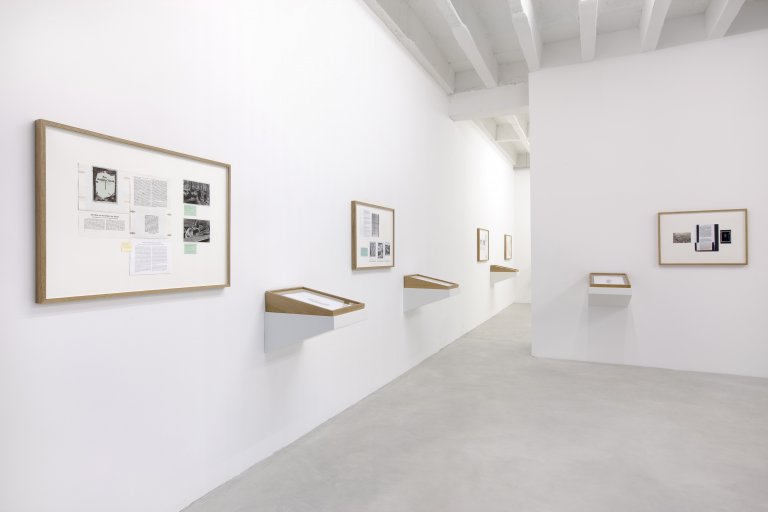
Installation view "Der Umgang mit Mutter Grün", Galere Nordenhake Berlin 2008
Ann Böttcher »Der Umgang mit Mutter Grün«
Berlin, March 15, 2008 - April 26, 2008
Galerie Nordenhake is pleased to present Swedish artist Ann Böttcher's first solo exhibition at the gallery. She will be exhibiting a new series of drawings and collages, which continue her personal investigation into national identity's historically burdened relationship to the landscape. Her delicate, meticulous drawings leave an immediate aesthetic impression on the viewer. However, the research process behind her work reveals, upon closer inspection, a visual archaeology of the facts, myths, memories and values by which "culture" attempts to represent "nature".
The current exhibition extends work Böttcher began in 2006 on Tacitus' account of the Battle of the Teutoburger Forest in 9 A.D, in which the Roman army lost to the German tribes led by Arminius (Hermann der Cherusker). Tacitus' description of the battle and the purity of the "people of Germany" served as the basis for successive waves of Romantic nationalism, for example, in the racial theories of the National Socialists, who saw Germania as the birth certificate of the German Volk, "as natural in its surroundings as the native trees and plants." The title of Böttcher's series of collages and drawings refers to a book written in 1929 by Walther Schoenichen, under the full title of "Der Umgang mit Mutter Grün: Ein Sünden- und Sittenbuch" für Jedermann (In the Company of Mother Earth: An Everyman's Book of Vice and Virtue). Schoenichen was a German biologist, teacher and also an early member of the NSDAP. In 1915 he became head of the "Zentralinstituts für Erziehung und Unterricht" in Berlin. As successor to Hugo Conwentz, he took over the "Staatliche Stelle für Naturdenkmalpflege" in 1922. In 1933, he advocated an alliance between nature conservation and National Socialism. After the Reich Nature Conservation Act was passed in 1935, he became head of the new "Reichsstelle für Naturschutz" in 1936. Two years later, he was removed from this position again and subsequently devoted himself only to his writing activities.
Photogravures of selected pages from Schoenichen's book Urwaldwildnis in deutschen Landen (German Primeval Wilderness) will be displayed in the exhibition on a table under glass, interacting with Böttcher's rich collages of index cards, notes, quotations, and photographs that reflect on official Third Reich policy concerning its "woodland heritage". Slowly, an image of the forest emerges as a living monument to the German sensibility: its portrayed purity is a constructed projection of human imagination, an uncanny, abstract portrait of marching soldiers, standing tall and firm against the wind, in the form of stately spruces. Böttcher presents an archive of national identity naturalized in the landscape through a variety of references - from the construction of the Autobahn as a platform upon which drivers can reflect on the "great wonder of nature", to Caspar David Friedrich's sublime landscapes in which the solitary genius finds his profound melancholia reciprocated by the environment. In a second work, comprised of seven drawings, Böttcher revisits Dürer's Pine Tree (1495-97), a watercolor study composed in his Nuremberg studio. This tree would faintly show up again in Dürer's landscape of St. Jerome in the Wilderness (1495), a Renaissance premonition of the enlightened individual fleeing to nature for solace. In each of her drawings, Böttcher maintains a tension between her source imagery, in which trees stand proud, upright, almost human, and her own revision. The trees are no longer able to bear the images projected onto them; their branches sink lower, giving up the burden of their past, as if they were allowed by Böttcher's hand to finally breathe a sigh of relief.

Installation view "Der Umgang mit Mutter Grün", Galere Nordenhake Berlin 2008
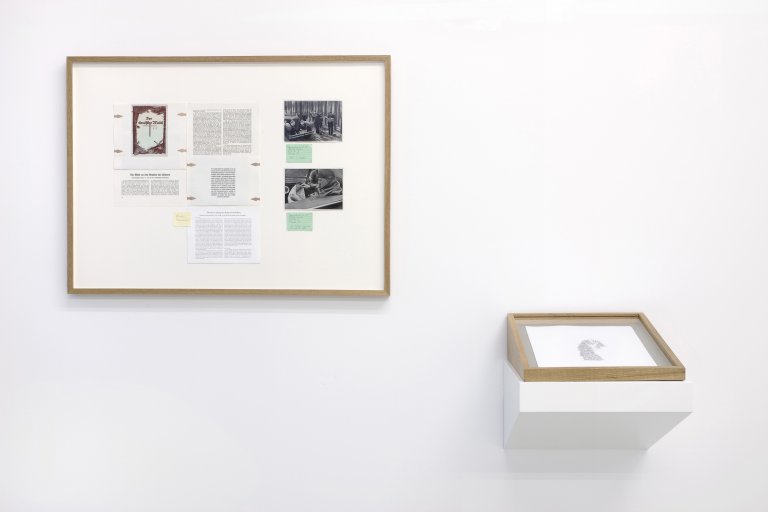
Der Wald an den Strassen des Führers (Der Umgang mit Mutter Grün), 2008
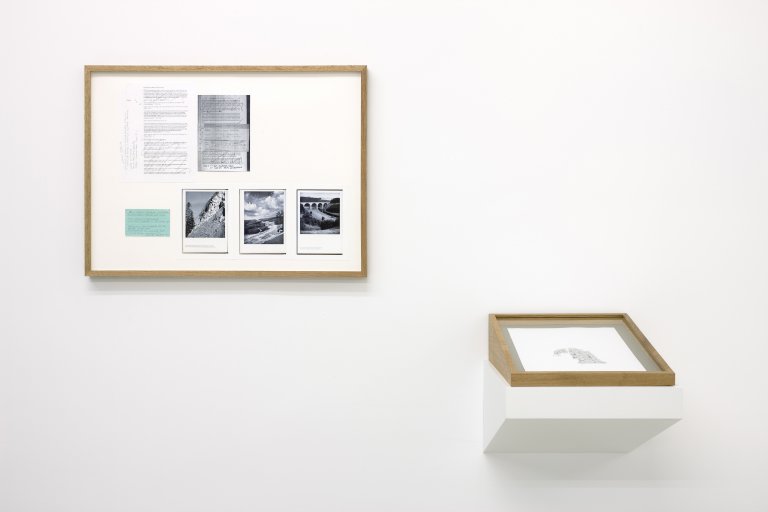
Building in Harmony with Nature (Der Umgang mit Mutter Grün), 2008
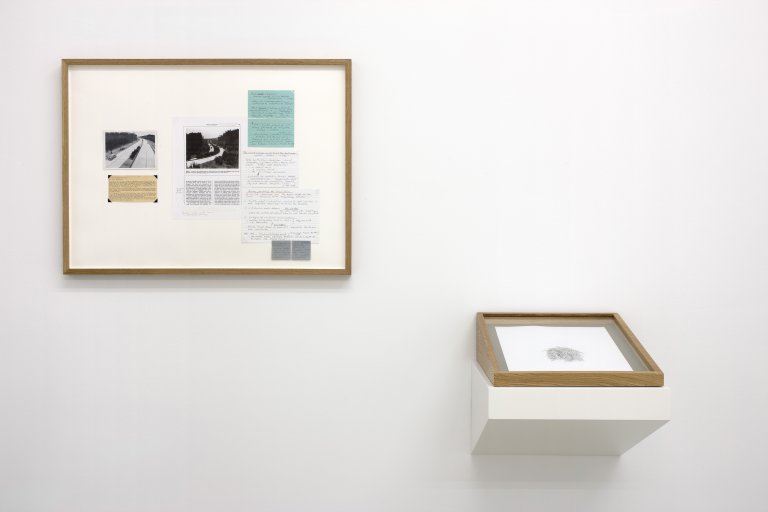
Bodenständige Ästhetik (Der Umgang mit Mutter Grün), 2008
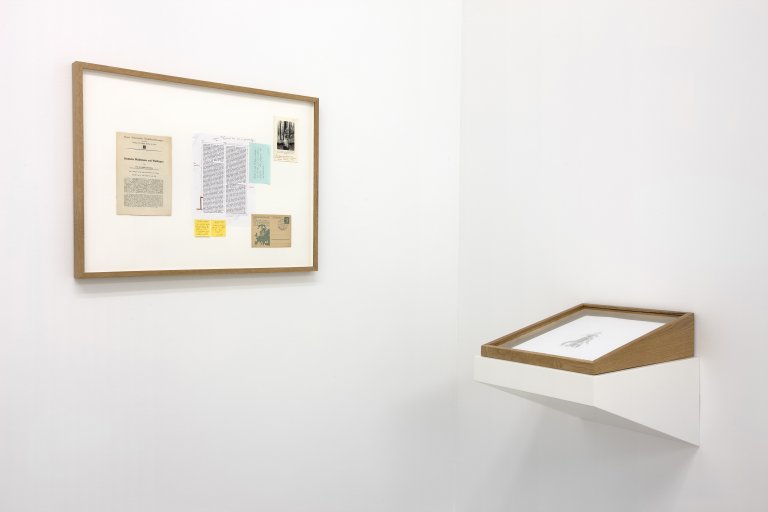
Deutsche Waldbäume und Waldtypen (Der Umgang mit Mutter Grün), 2008
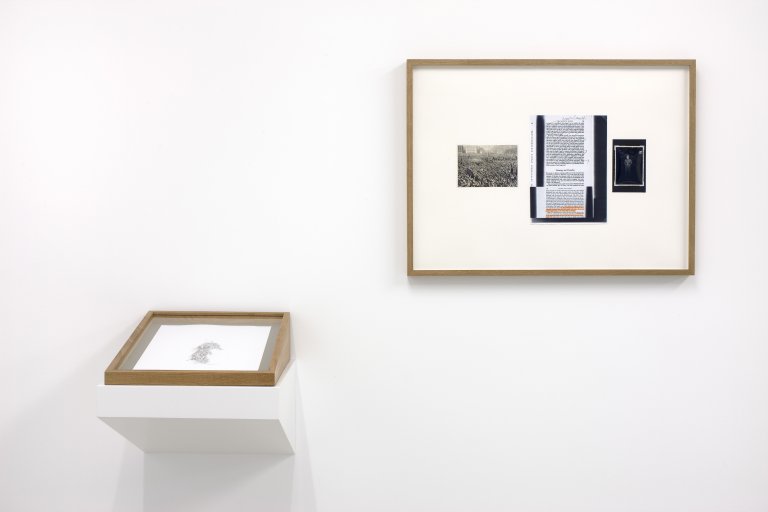
The Forest Army (Der Umgang mit Mutter Grün), 2008
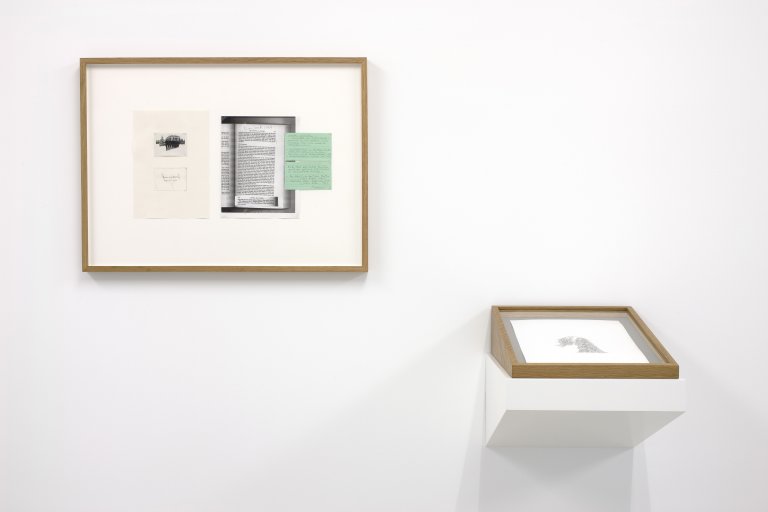
Marching Forest (Der Umgang mit Mutter Grün), 2007
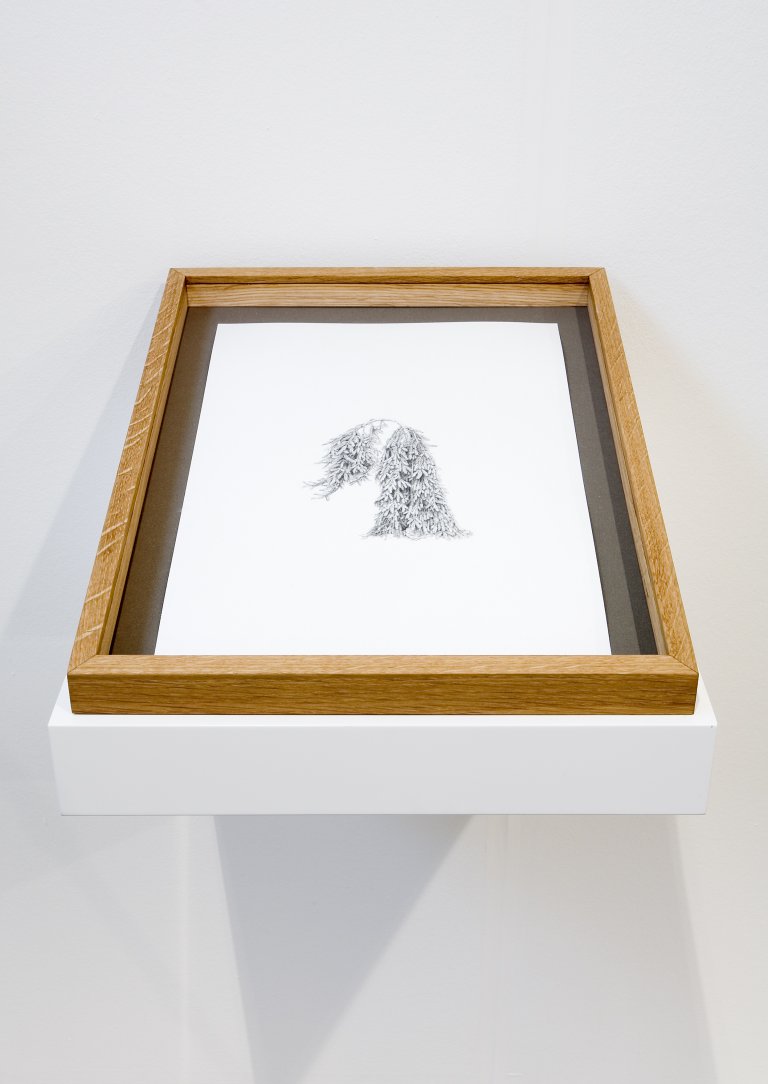
Marching Forest (Der Umgang mit Mutter Grün), 2007, detail
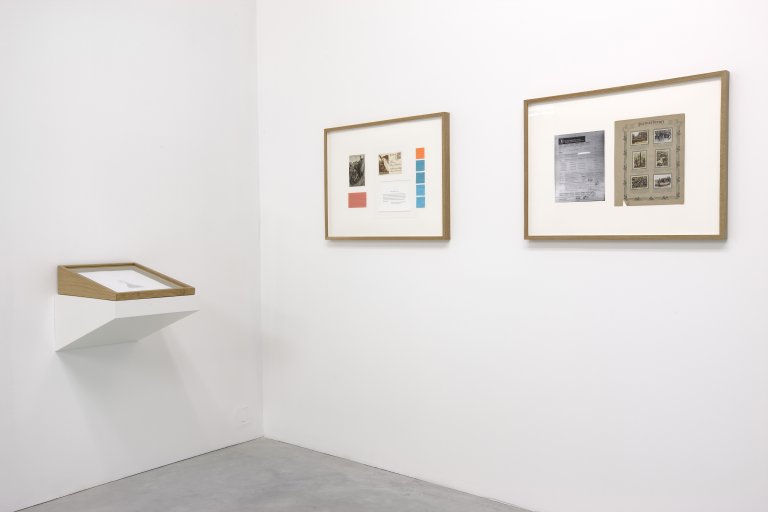
Germania - the Birth Certificate / Deutsche Character (Der Umgang mit Mutter Grün), 2008
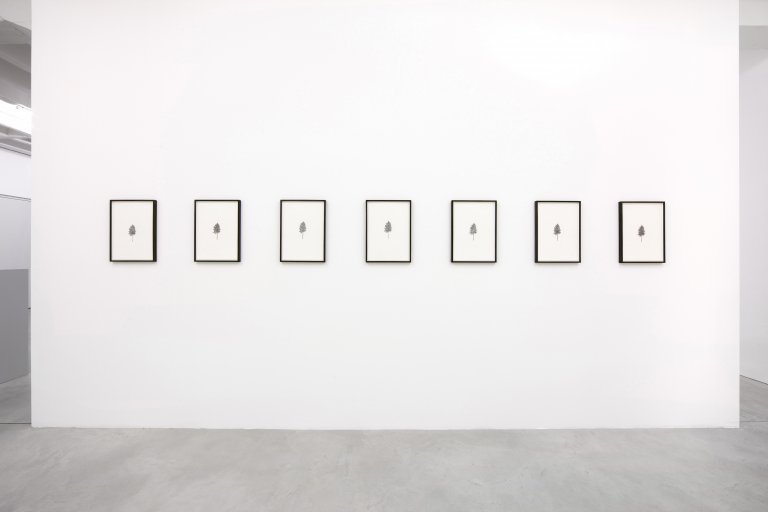
Installation view The Dürer Drawings (after Pine tree 1495-97), 2006-2008, graphite on paper, series of 7 drawings, each 30 x 42 cm, Galerie Nordenhake Berlin 2008
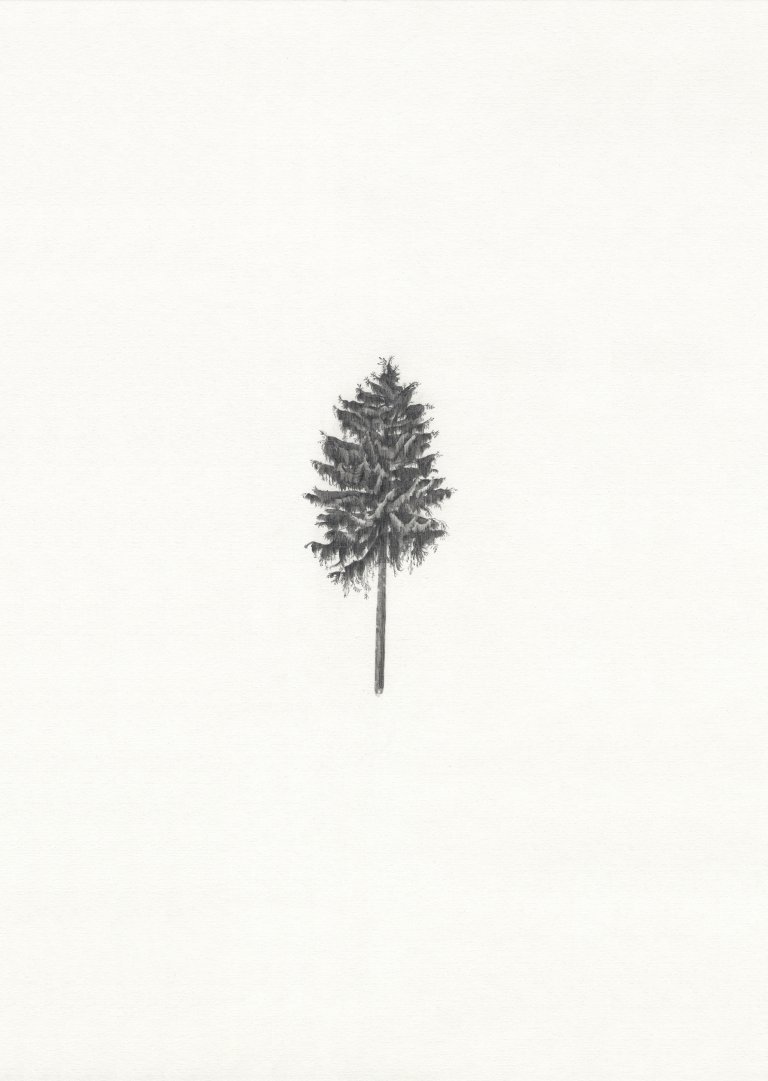
The Dürer Drawings (after Pine tree 1495-97), 2006-2008, graphite on paper, series of 7 drawings, each 30 x 42 cm, detail
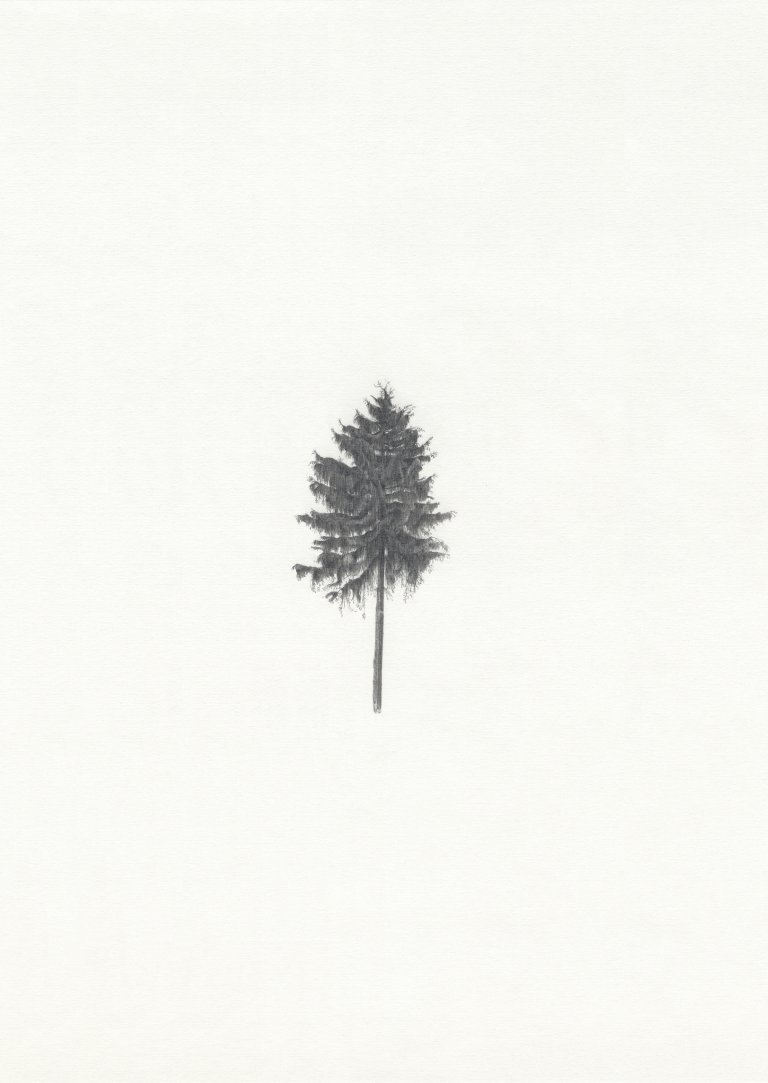
The Dürer Drawings (after Pine tree 1495-97), 2006-2008, graphite on paper, series of 7 drawings, each 30 x 42 cm, detail
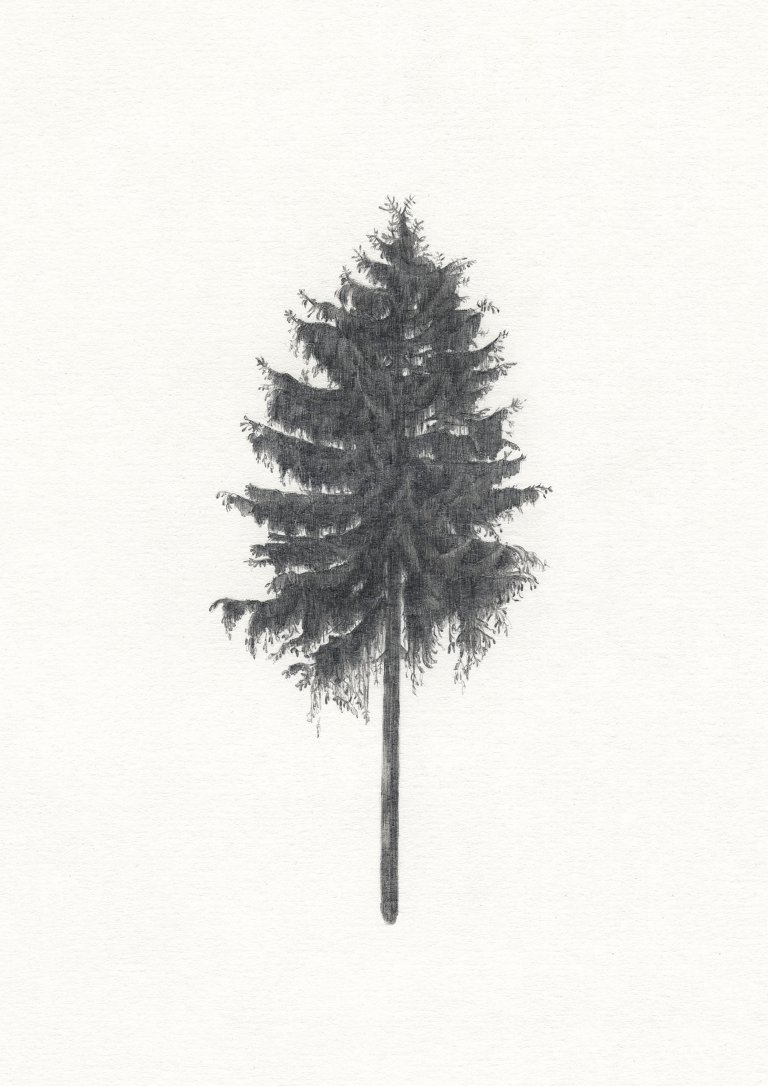
The Dürer Drawings (after Pine tree 1495-97), 2006-2008, graphite on paper, series of 7 drawings, each 30 x 42 cm, detail
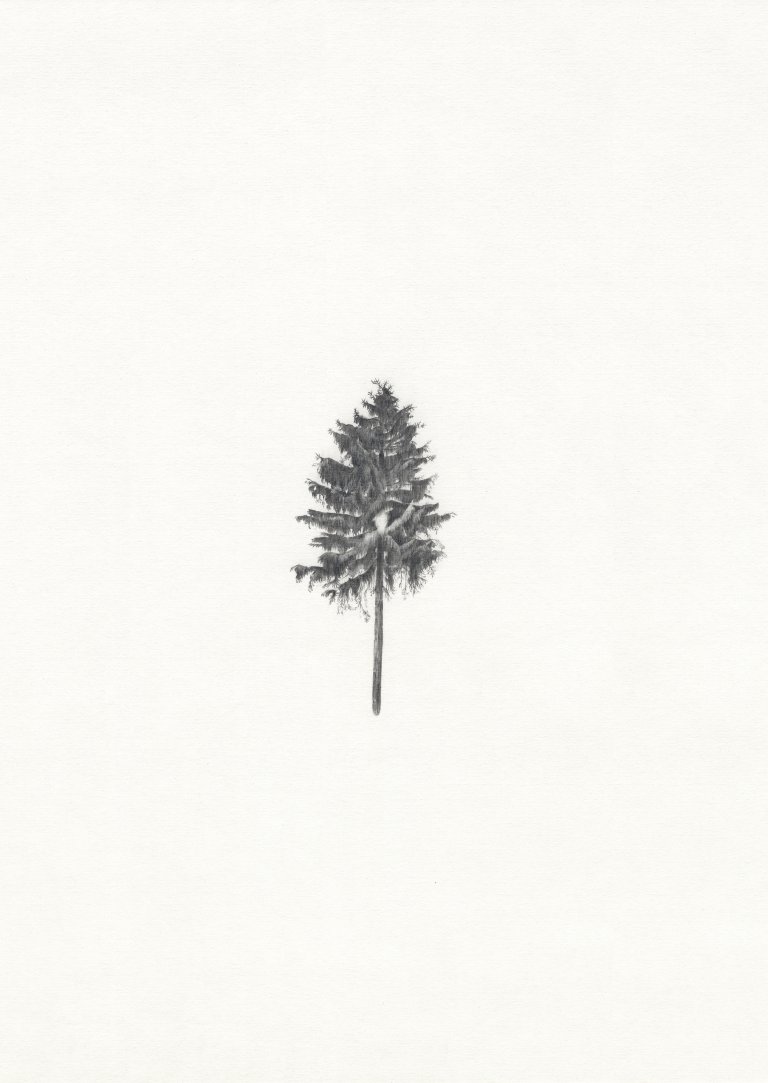
The Dürer Drawings (after Pine tree 1495-97), 2006-2008, graphite on paper, series of 7 drawings, each 30 x 42 cm, detail
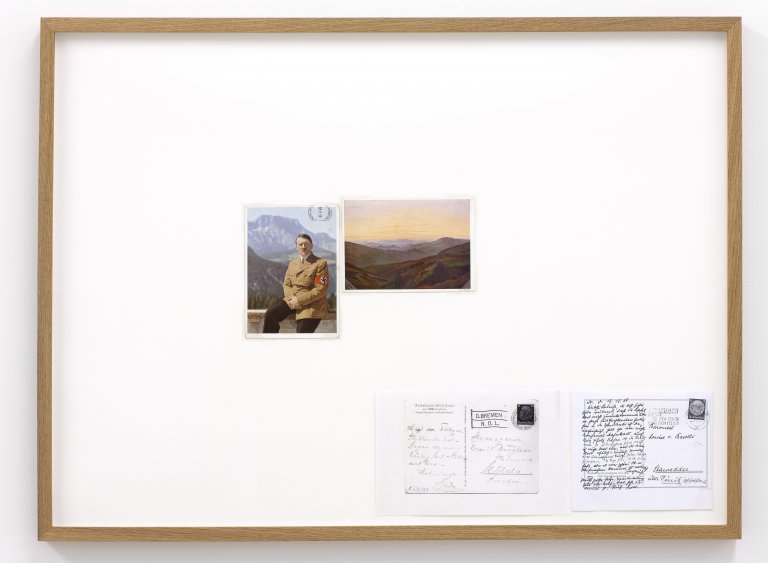
Am Obersalzberg, vor Sonnenaufgang (Der Umgang mit Mutter Grün), 2008, collage on paper, framed, 58 x 78.5 cm
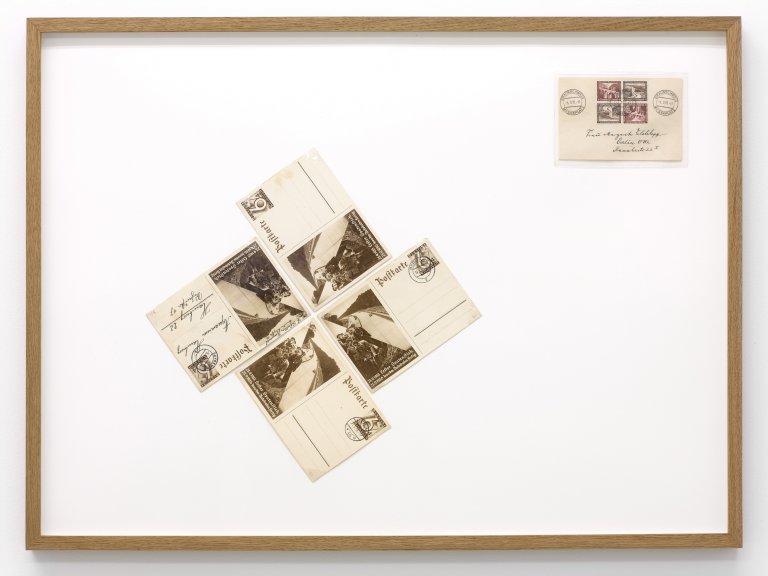
Offizielle Fenster (Der Umgang mit Mutter Grün), 2008, collage on paper, framed, 58 x 78.5 cm
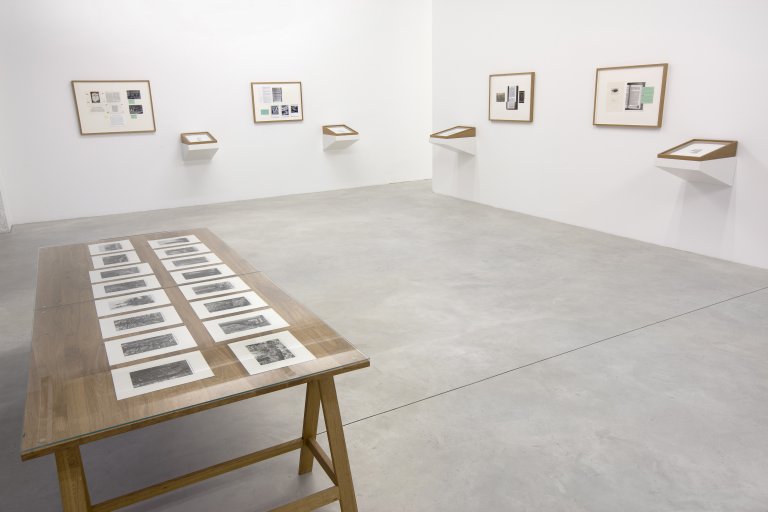
Installation view "Der Umgang mit Mutter Grün", Galere Nordenhake Berlin 2008